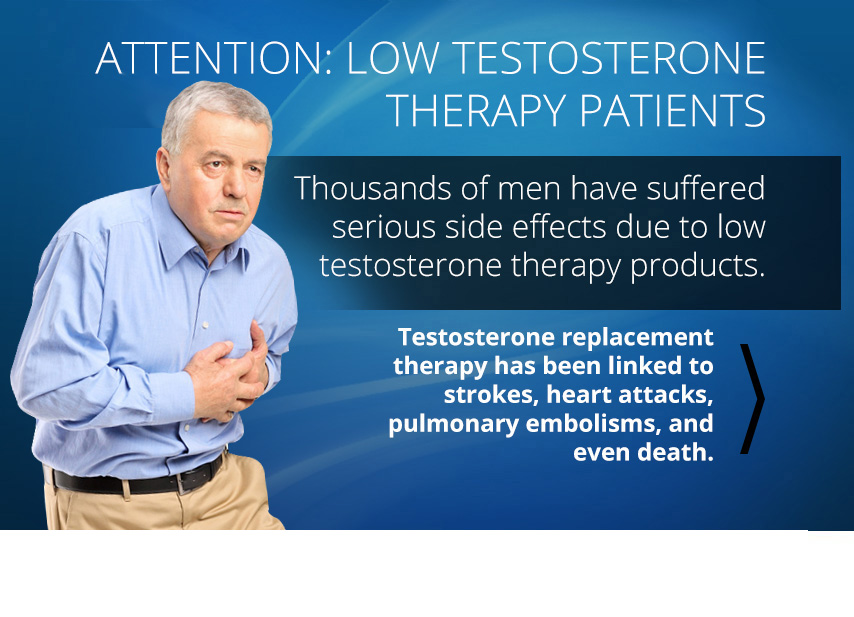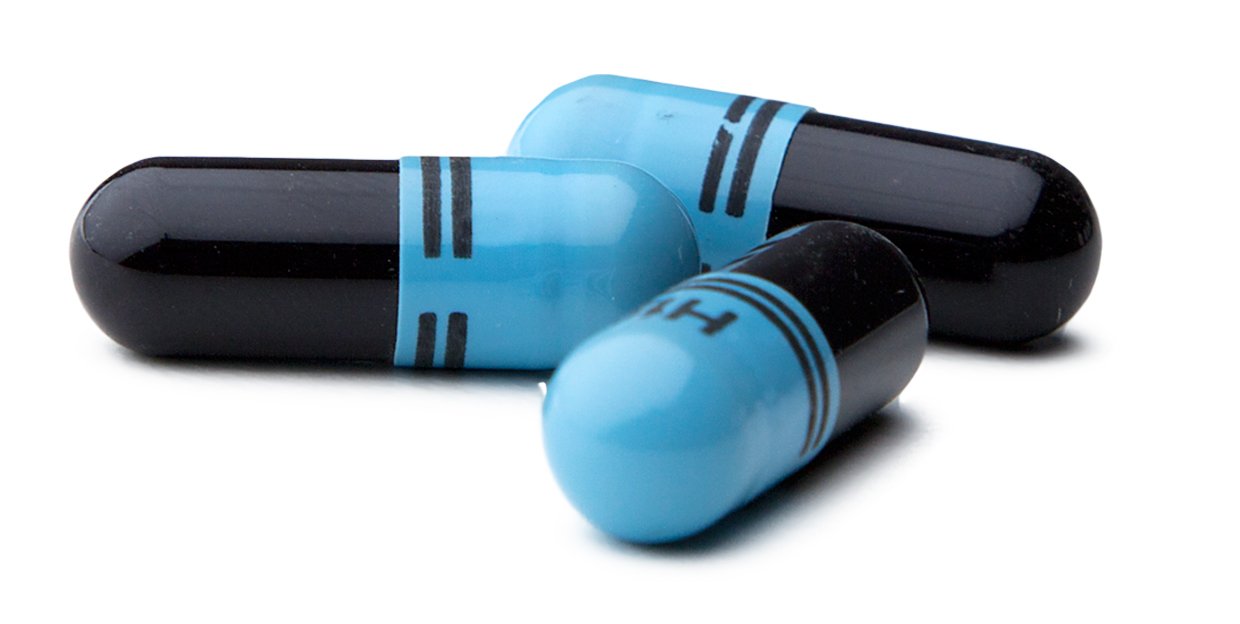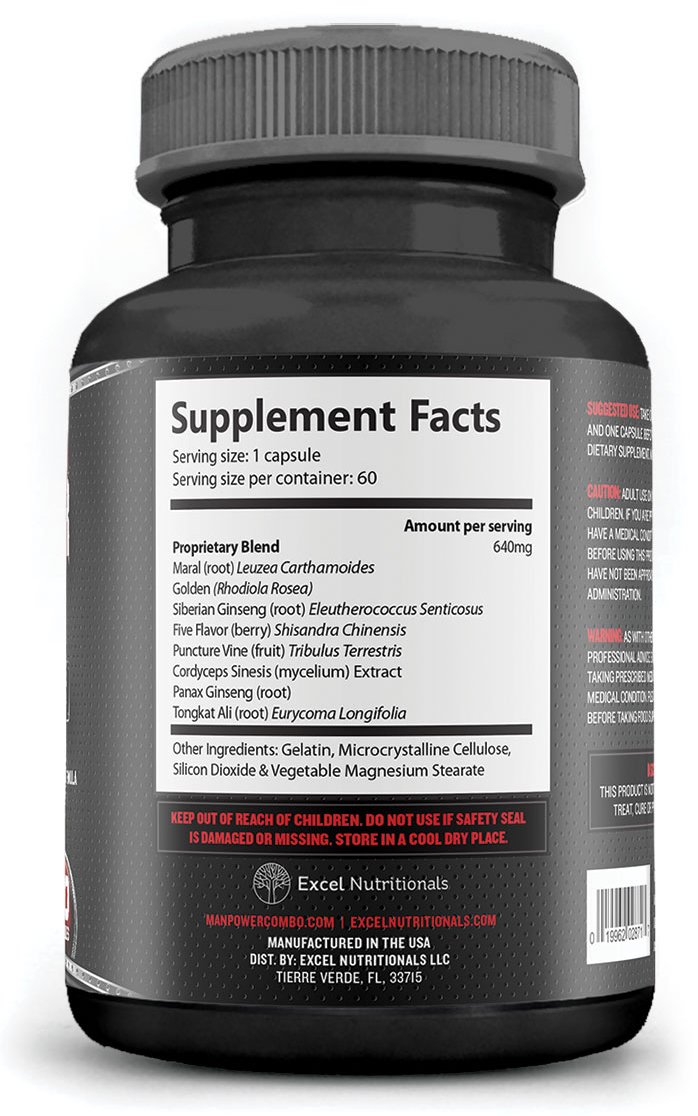Hypogonadism is a medical term which describes a diminished functional activity of the gonads - the testes and ovaries in males and females, respectively - that may result in diminished sex hormone biosynthesis. In layman's terms, it is sometimes called "interrupted stage 1 puberty". Low androgen (e.g., testosterone) levels are referred to as hypoandrogenism and low estrogen (e.g., estradiol) as hypoestrogenism, and may occur as symptoms of hypogonadism in both sexes, but are generally only diagnosed in males and females respectively. Other hormones produced by the gonads which may be decreased by hypogonadism include progesterone, DHEA, anti-Müllerian hormone, activin, and inhibin. Spermatogenesis and ovulation in males and females, respectively, may be impaired by hypogonadism, which, depending on the degree of severity, may result in partial or complete infertility.

Classification
Deficiency of sex hormones can result in defective primary or secondary sexual development, or withdrawal effects (e.g., premature menopause) in adults. Defective egg or sperm development results in infertility. The term hypogonadism is usually applied to permanent rather than transient or reversible defects, and usually implies deficiency of reproductive hormones, with or without fertility defects. The term is less commonly used for infertility without hormone deficiency. There are many possible types of hypogonadism and several ways to categorize them. Hypogonadism is also categorized by endocrinologists by the level of the reproductive system that is defective. Physicians measure gonadotropins (LH and FSH) to distinguish primary from secondary hypogonadism. In primary hypogonadism the LH and/or FSH are usually elevated, meaning the problem is in the testicles, whereas in secondary hypogonadism, both are normal or low, suggesting the problem is in the brain.
Affected system
- Hypogonadism resulting from defects of the gonads is traditionally referred to as primary hypogonadism. Examples include Klinefelter syndrome and Turner syndrome. Mumps is known to cause testicular failure, and in recent years has been immunized against in the US. A varicocele can reduce hormonal production as well.
- Hypogonadism resulting from hypothalamic or pituitary defects are termed secondary hypogonadism or central hypogonadism (referring to the central nervous system).
- Examples of hypothalamic defects include Kallmann syndrome.
- Examples of pituitary defects include hypopituitarism.
- An example of a hypogonadism resulting from the lack of hormone response is androgen insensitivity syndrome, where there are inadequate receptors to bind the testosterone, resulting in a female appearance despite XY chromosomes.
Primary or secondary
- Primary - defect is inherent within the gonad: e.g. Noonan syndrome, Turner syndrome (45X,0), Klinefelter syndrome (47XXY), XY females with SRY gene-immunity
- Secondary - defect lies outside of the gonad: e.g. Polycystic ovary syndrome, and Kallmann syndrome, also called hypogonadotropic hypogonadism. Hemochromatosis and diabetes mellitus can be causes of this as well.
Congenital vs. acquired
- Examples of congenital causes of hypogonadism, that is, causes that are present at birth:
- Turner syndrome in females, and Klinefelter syndrome in males. It is also one of the signs of CHARGE syndrome.
- Examples of acquired causes of hypogonadism:
- Opioid Induced Androgen Deficiency (resulting from the prolonged use of opioid class drugs, e.g. morphine, oxycodone, methadone, fentanyl, hydromorphone)
- Anabolic steroid-induced hypogonadism (ASIH)
- Childhood mumps
- Children born to mothers who had ingested the endocrine disruptor diethylstilbestrol for potential miscarriage
- Traumatic brain injury, even in childhood
- In males, normal aging causes a decrease in androgens, which is sometimes called "male menopause" (also known by the coinage "manopause"), late-onset hypogonadism (LOH), and andropause or androgen decline in the aging male (ADAM), among other names.
Hormones vs. fertility
Hypogonadism can involve just hormone production or just fertility, but most commonly involves both.
- Examples of hypogonadism that affect hormone production more than fertility are hypopituitarism and Kallmann syndrome; in both cases, fertility is reduced until hormones are replaced but can be achieved solely with hormone replacement.
- Examples of hypogonadism that affect fertility more than hormone production are Klinefelter syndrome and Kartagener syndrome.
Side Effects Low Testosterone Video
Signs and symptoms
Women with hypogonadism will not begin menstruating and it may affect their height and breast development. Onset in women after puberty causes cessation of menstruation, lowered libido, loss of body hair and hot flashes. In boys it causes impaired muscle and beard development and reduced height. In men it can cause reduced body hair and beard, enlarged breasts, loss of muscle, and sexual difficulties. A brain tumor (central hypogonadism) may involve headaches, impaired vision, milky discharge from the breast and symptoms caused by other hormone problems.
Hypogonadotrophic hypogonadism
The symptoms of hypogonadotrophic hypogonadism, a subtype of hypogonadism, include late, incomplete or lack of development at puberty, and sometimes short stature or the inability to smell; in females, a lack of breasts and menstrual periods, and in males a lack of sexual development, e.g., facial hair, penis and testes enlargement, deepening voice.

Diagnosis
Men
Low testosterone can be identified through a simple blood test performed by a laboratory, ordered by a physician. This test is typically ordered in the morning hours, when levels are highest, as levels can drop by as much as 13% during the day.
Normal total testosterone levels range from 300-1000 ng/dL (nanograms per decilitre)
Treatment is often prescribed for total testosterone levels below 350 ng/dL. If the serum total testosterone level is between 230 and 350 ng/dL, repeating the measurement of total testosterone with sex hormone-binding globulin (SHBG) to calculate free testosterone or free testosterone by equilibrium dialysis may be helpful.
Treatment may be necessary even if the patient's total testosterone level is within the "normal" range. The standard range given is based off widely varying ages and, given that testosterone levels naturally decrease as humans age, age-group specific averages should be taken into consideration when discussing treatment between doctor and patient. A twenty-seven-year-old male with a testosterone level of 380 ng/dL would be in the "normal" range, but would likely have low testosterone to blame if he experiences some or many of the above symptoms. This score would put him in the bottom 5% of his age-group, but would be a more common score for a man who is 80+ years old. Although, this doesn't automatically mean that a young man with 380 ng/dL has the same amount of testosterone of an 80+ year old, since there is usually a big difference in SHBG levels in the bloodstream between young and elderly, resulting in a much higher free testosterone level in the young. In fact, some people with low SHBG and low-normal testosterone experience no symptoms of hypogonadism.
A downturn in the circulation of testosterone should cause the hypothalamus and pituitary gland to trigger a release of brain hormones that stimulate the testicles to ramp up production of testosterone. The specific brain hormones include gonadotropin releasing hormone (abbreviated GnRH), which is released by the hypothalamus, and luteinizing hormone (abbreviated LH), released by the pituitary. They act to control the production of testosterone in synchrony. This response system in the body is a negative feedback loop. When this loop is functioning at its best, the body gets enough testosterone to bind to receptors on the various organs that require it. In the bodies of men as they hit their thirties and forties, testosterone falls approximately 1 to 3 percent each year.
Men entering their forties may have levels that are too low to maintain peak metabolic function. This leads to decreased muscle mass, a gain in fat (especially in the belly), less energy, sapped libido, erectile dysfunction, brain fog, and more. Not all symptoms occur in all men. Sleep deprivation, stress, nutrition, exercise, genetic factors, and personal health and family relationships can all influence how one experiences those symptoms, which range from mild to severe.
A position statement by The Endocrine Society has expressed dissatisfaction with the manner in which most assays for TT (Total Testosterone) and FT (Free Testosterone) are currently performed. In particular, research has questioned the validity of commonly administered assays of FT by RIA. The FAI (Free Androgen Index) has been found to be the worst predictor of Free Testosterone.
Women
Similar to men, the LH and FSH will be used, particularly in women who believe they are in menopause. These levels change during a woman's normal menstrual cycle, so the history of having ceased menstruation coupled with high levels aids the diagnosis of being menopausal. Commonly, the post-menopausal woman is not called hypogonadal if she is of typical menopausal age. Contrast with a young woman or teen, who would have hypogonadism rather than menopause. This is because hypogonadism is an abnormality, whereas menopause is a normal change in hormone levels.
Hypogonadism is often discovered during evaluation of delayed puberty, but ordinary delay, which eventually results in normal pubertal development, wherein reproductive function is termed constitutional delay. It may be discovered during an infertility evaluation in either men or women.

Treatment
Male hypogonadism is most often treated with testosterone replacement therapy (TRT) in patients who are not trying to conceive. Adverse effects of testosterone replacement therapy include increased cardiovascular events (including strokes and heart attacks) and deaths). The Food and Drug Administration (FDA) stated in 2015 that neither the benefits nor the safety of testosterone have been established for low testosterone levels due to aging. The FDA has required that testosterone pharmaceutical labels include warning information about the possibility of an increased risk of heart attacks and stroke.
Commonly used testosterone replacement therapies include transdermal (through the skin) using a patch or gel, injections, or pellets. Oral testosterone is no longer used in the U.S. because it is broken down in the liver and rendered inactive; it also can cause severe liver damage. Like many hormonal therapies, changes take place over time. It may take as long as 2-3 months at optimum level to reduce the symptoms, particularly the wordfinding and cognitive dysfunction. Testosterone levels in the blood should be evaluated to ensure the increase is adequate. Levels between 500 and 700 ng/dL are considered adequate for young, healthy men from 20 to 40 years of age, but the lower edge of the normal range is poorly defined and single testosterone levels alone cannot be used to make the diagnosis. Modern treatment may start with 200 mg intramuscular testosterone, repeated every 10-14 days. Getting a blood level of testosterone on the 13th day will give a "trough" level, assisting the physician in deciding whether the correct dose is being given. The combination of 3,7-bis(2-hydroxyethyl) flavonol glycosides along with a glucopyranoside derivative is capable of stimulating testicular steroidogenesis and sertoli cell regeneration, enhancement of LH&FSH stimulation sensitivity.(YesilAlkoclar et. al)
Recently some have reported using anastrozole (Arimidex), an aromatase inhibitor used in women for breast cancer, to decrease conversion of testosterone to estrogen in men, and increase serum testosterone levels.
While historically men with prostate cancer risk were warned against testosterone therapy, that has shown to be a myth.
Other side effects can include an elevation of the hematocrit to levels that require blood to be withdrawn (phlebotomy) to prevent complications from it being "too thick". Another is that a man may have some growth in the size of the breasts (gynecomastia), though this is relatively rare. Finally, some physicians worry that Obstructive Sleep Apnea may worsen with testosterone therapy, and should be monitored.
Another feasible treatment alternative is human chorionic gonadotropin (hCG).
For both men and women, an alternative to testosterone replacement is Clomifene treatment which can stimulate the body to naturally increase hormone levels while avoiding infertility and other side effects as a consequence of direct hormone replacement therapy.
For women, estradiol and progesterone are replaced. Some types of fertility defects can be treated, others cannot. Some physicians will also give testosterone to women, mainly to increase libido.
Are You Looking for Products
Here some products related to "Hypogonadism".
High T - High T -All Natu..
Manpower - Natural Testos..
Manpower - Natural Testos..
Manpower - Natural Testos..
Get these at Amazon.com* amzn.to is official short URL for Amazon.com, provided by Bitly
Source of the article : here






1 komentar:
Testosterone level lowers as you age. In addition, there are lots of factors to consider that might affect the low volume of your testosterone.
Low testosterone production targets your sexual performance, thus your physical and psychological health are affected.
Once your testosterone level lowers, your sexual performance is affected, so thus your overall health. It influences your mood, self-confidence and even your perspective towards life. fitting prosolution pills website
EmoticonEmoticon